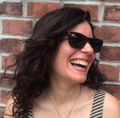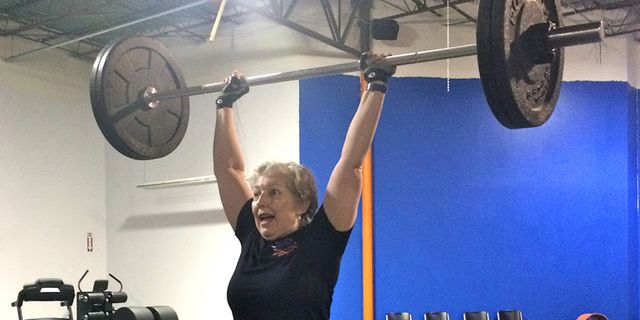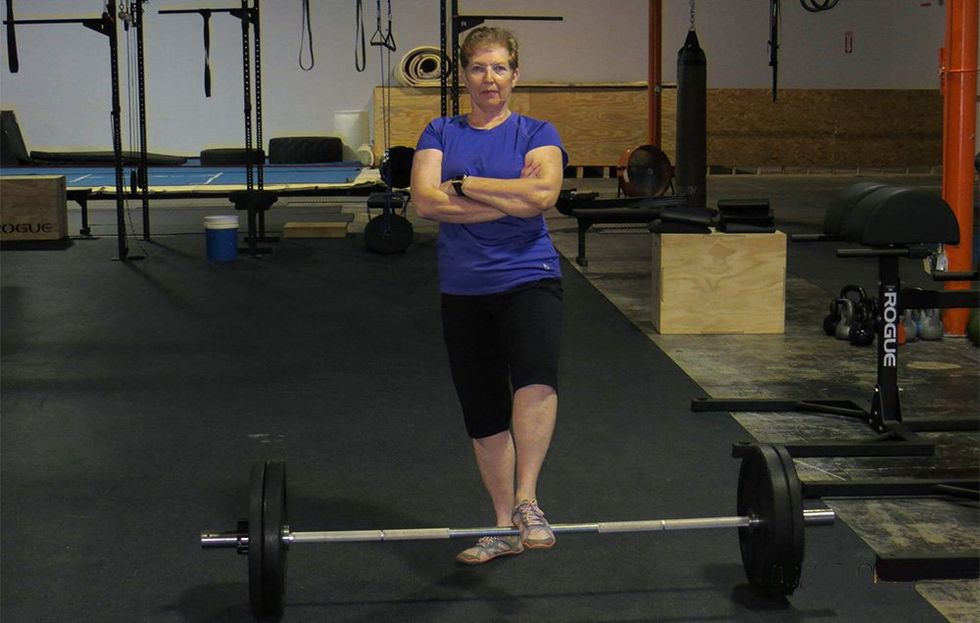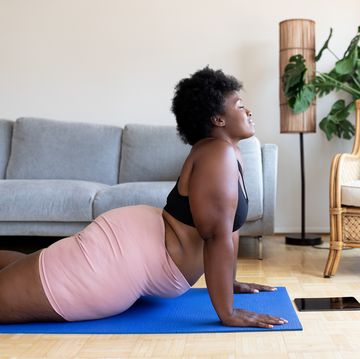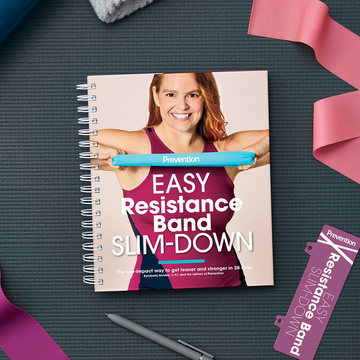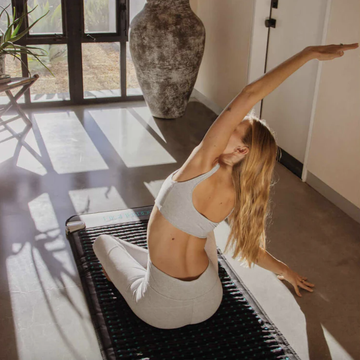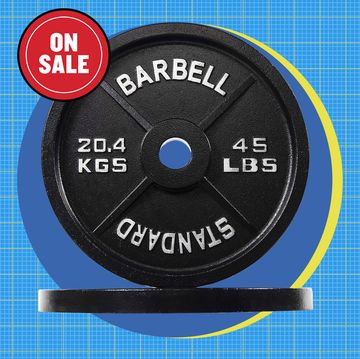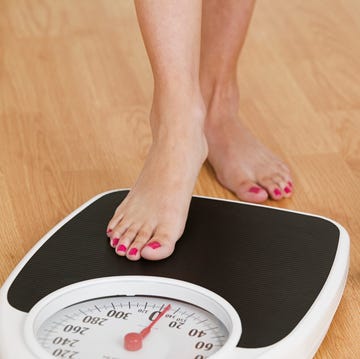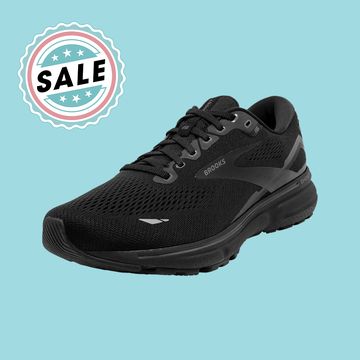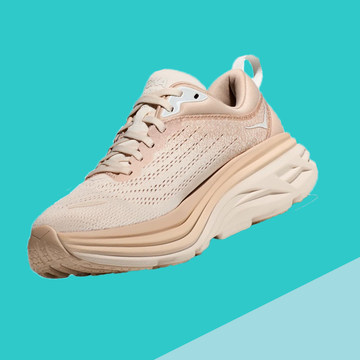For my 70th birthday earlier this year, I gathered up my whole family, including my two marvelous grandsons, and took them on a Caribbean cruise. On the morning of my birthday, I woke up and thought, This is going to be my year. Later that day, I went ziplining.
The whole trip would’ve been unimaginable a decade ago. In 2007, I was newly retired, and my health was just the pits. When I visited the doctor, he gave me the bad news: I had two prolapsed heart valves and asthma. Oh, and those prolapsed valves meant my blood pressure was likely to get even worse than it already was and require more medications.
MORE: Is Your Breathing Trouble Asthma—Or Something Worse?
I was in a position that’s familiar to many Americans: You depend on your doctor, but they don’t really know how to prescribe exercise. They’ll say, “Watch your diet and exercise” but they won’t tell you how or give you a next step. So you wind up taking a lot of medications and assume that’s just the way it has to be. One morning, I was sitting at my breakfast table, staring at my pill bottles, and I thought to myself, Oh, lord. This is not good. I’m not going to live this way—this is not going to be my life.
MORE: 20 Reasons To Love Your Age
A new gym had just opened at the shopping center nearby. So that afternoon, I drove down the street to get groceries—the gym was on the right, the store on the left, and I said to myself, It’s now or never. I made a right-hand turn and went to the gym instead.
It was a life-changing moment. I refused to settle for the status quo.
(Get fit at home! For dozens of 10- to 20-minute routines you can do in your living room, check out Salty Cat Workouts—the all-new site that features the world’s best video workouts for free!)
“I think I can help you.”
I was 61 years old, and I’d never been in a gym before. I knew nothing—absolutely nothing—about gym equipment. But I also knew that if I kept on doing what I had been doing, it wouldn’t give me longevity or the physical ability to enjoy my life and family. So I decided to get some help.
MORE: I Cured My Chronic Anxiety With Hypnosis And Chakra Therapy
The first time I met with my trainer, he asked about my diet and medications. I listed them out: blood pressure medications due to my prolapsed valve, anti-anxiety pills, anti-depressants, asthma meds. I was overweight and in chronic pain from head-to-toe from arthritis. He leaned back in his chair, and said, “I think I can help you.”
While I was excited to get healthy again, during those first few workouts, I was scared. I didn’t have the first clue what I was getting myself into. The trainer literally had to show me how to turn on the treadmill.
MORE: How I Lost 50 Pounds Despite My Thyroid Condition
Slowly, however, I got the hang of it. I met with my trainer three days a week. He modified my workouts according to my pain level and showed me to how to take my heart rate so I could eventually workout safely on my own. He was firm but patient. When I got frustrated, I’d simply step back, say "Hold on a minute, I have to get this in my head," and we would go forward when I felt ready.
“I lost 30 pounds, 23.5 inches.”
One year later, in 2008, I’d lost 30 pounds, 23.5 inches, and I was also off all my medications. I reversed my heart disease, and my cardiologist said, “Whatever you’re doing is working—keep it up.” That year truly taught me that the body has an amazing ability to recover.
By 2010, just two years after my very first visit to the gym, I was a totally different person—I lifted weights and ran 5K races for fun. I felt confident and powerful. I’m 70 now, and some days, I feel every one of those years—but what I’ve realized is that my age is just a number.
MORE: 8 Things You Need To Do Before Your First 5K
My trainer would often have me out on the sidewalk doing planks, jumping rope, and using wall balls. I’d think, I’m doing such a terrible job in front of a whole row of people looking out the window at me. But they saw something different. Older adults would come up to me and tell me I was an inspiration. They'd say, “I see you coming here, and you run in the parking lot, and you come back in, and you’re huffing and puffing.” My response was always, “Yes, but I can breathe—and I have asthma!”
MORE: Over 40? These 5 Exercise Classes Are Perfect for You
“I wanted to help other people.”
I knew what I had to do.
Over the years I’ve met a lot of trainers at various gyms. And most of them didn’t seem to want to work with older people—and it wasn’t because they were unkind. They simply hadn’t been trained—they didn’t know how. Working with older adults isn’t part of “basic training.” And these cute little babes on fitness magazine covers and exercise commercials really send the wrong message about what’s possible. What I’ve realized is that transforming and making a difference in your life is 95% mental, and 5% percent physical. I wanted to help other people realize they have the power to change their lives physically.
So in 2012, at age 65, I became a certified personal trainer and a functional aging specialist with the American Council on Exercise (ACE). This way, I would be qualified to work with adults over the age of 55 and help them boost their longevity and quality of life.
MORE: 5 People Who Became Trainers After 50
My clients range anywhere from 50 to 78 years old. Anytime someone comes to me it's because they have a reason for being there. I’ll ask, “What do you want me to help with?” And then I have to play 120 questions, so I can understand exactly how we can accomplish their goal.
You also have to work with people’s learning styles—whether it’s showing, telling, or a combination of the two. You can’t just throw people up against the wall and tell them to do a squat. They may never have ever done one before! Often, my clients come to me with a limited range of motion. And that’s fine—we work within that until their body says, “What the heck. Let's try a little bit more.”
MORE: 9 Things People Who Feel Half Their Age Do Every Week
I keep training upbeat. A positive mindset is important—the mind controls the body, the body doesn't control the mind. I praise my clients for every little thing they do and remind them that just because no one ever showed you how to use a flex band or a medicine ball doesn’t mean you can’t start now.
Only have 10 minutes? You can boost your metabolism with this quick workout:
“The universe gave me a second chance.”
I’ve been called to do this work, and I love it. The universe gave me a second chance, and the least I can do is give other people that joy and capability that I’ve been given myself. I'm always aware that if I hadn’t taken that right turn, and gone to the gym one day a decade ago, I’d be in a very different place in life right now.
MORE: Fit At 80? You Bet. Meet 4 Octogenarian Athletes Who Give You Zero Reason To Skip The Gym
I encourage all seniors—of any age and any health situation—to go to their local gym to improve their longevity and quality of life. Bending down to put on your shoes doesn’t have to hurt! You don't have to live with heart disease or diabetes. At the gym, ask for a trainer who works with the senior demographic. Take some time to meet and discuss your health and exercise goals, and make sure you feel comfortable with the trainer. Your relationship may last for just a few sessions (just long enough for you to see how to modify exercises, for instance) or for years to come. Above all, my advice is: Don’t be intimidated—we’re all new to the gym at some point, and even if your first visit is at age 61, you can still become a confident gym-goer and improve your health.
